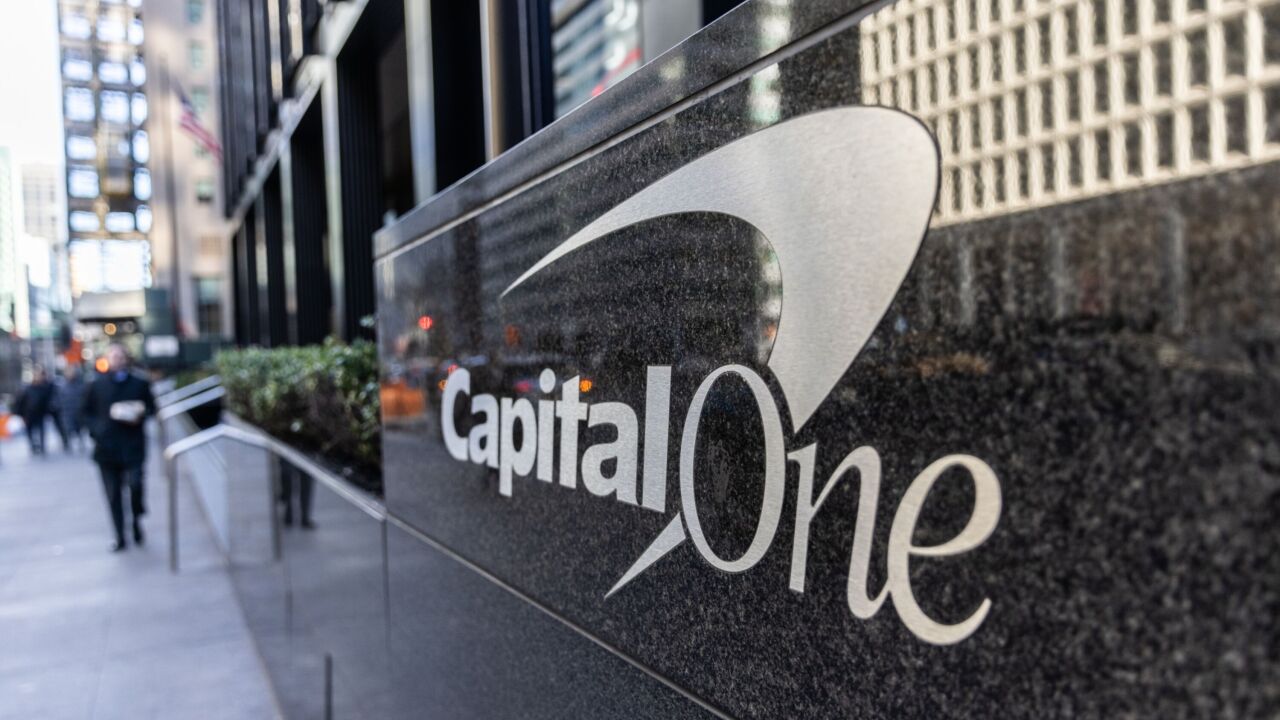First came free checking, with banks seeking to induce consumers to leave their old depository institutions and the fees they presumably charged.
When consumers complained about the hassle of moving their business, along came the "switch kit" to make the process easier. These kits, often available both on a bank's Web site and in its branches, give consumers the forms they need to fill out, the addresses where they are to be sent, and such seemingly hard-to-find information as the new bank's routing number.
Switch kits have become increasingly popular - in parallel to the rise of free checking - but it is not clear whether they have actually eroded consumers' resistance to switching. One factor: For regulatory reasons that are not going away anytime soon, moving an account is still a fairly manual process, requiring a customer's physical signature.
"A lot of the time our hands are tied," because a "wet signature" is required, said Jeff Heinzelman, the vice president of Internet delivery at Hibernia Bank, which has offered a switch kit for about two years. Because of fraud issues, "it's really hard to automate switching soup to nuts," he said. "We would love to do it if we could."
Usually, switch kits are electronic forms that are found on a Web site and are meant to be printed out and then filled out by the customer. They may also be available in paper form in the branch.
For consumers unfamiliar with the byzantine practice of using ABA routing numbers for direct deposits, or how to instruct gas and telephone companies to accept automatic payments from a different account, the simple forms can relieve some of the stress of changing banks.
"It's designed to help customers to help themselves," said Kitty Reed, the senior direct marketing manager at Principal Bank, the $2 billion-asset Internet banking arm of Principal Financial Group of Des Moines.
Charter One Financial Inc., a $43 billion-asset company based in Cleveland, is seeking a patent for its One Switch, one of the first kits to hit the market. The Web-based kit uses Charter One's internal automated clearing house system to help prefill all the necessary forms.
Using One Switch, prospective customers need to enter their basic information only once. They can then pick from a long list of entities, such as utilities, credit card companies, and employers, to set up automatic debits or credits for the new account.
The customer then receives a customized kit that includes important details about notifying companies about the account change. For example, the kit would automatically indicate if a certain company accepts such requests only by fax, as opposed to mail. The kit also includes fax cover sheets, telephone instructions, and customized letters to help smooth the notification process. Customers receive e-mails reminding them to check if an automated debit or credit has been switched.
Once all of the debits and credits have moved, customers can submit a request to receive a $25 bonus for using One Switch.
"It's the most comprehensive system out there," said Michael Dobbins, a senior vice president at Charter One.
Even so, Mr. Dobbins acknowledged, One Switch has not generated a huge volume of new business. The customers who do use it are "serious" about following through with the process, in that they generally request the $25 bonus, but the bottom line is that "switching banks isn't easy," he said. "This just makes it easier."
And customers seem to know this. "They're jaded," said Martha Muldoon, a senior vice president at the $600 million asset Kennebunk Savings Bank in Maine, which began offering a switch kit a year and a half ago. When informed that the kit makes moving accounts easy, "they're like, 'Yeah, right.' "
Kennebunk's kit has not really been useful in getting new customers in the door, but clients are pleased when officers in the branch use the kit to help them open accounts, she said.
Mr. Heinzelman said Hibernia's kit gets a "healthy" amount of use, especially since the bank does not advertise it. "Obviously if it were more automated, people would use it more."
Ms. Reed said it was difficult to determine how many new customers take advantage of Principal's kit. Principal asks about the kit in its customer surveys and has found that new customers either do not know about it or find it very helpful.
Even though switch kits do not appear to be having a huge effect, banks still seem eager to offer them.
Lani Hayward, a senior vice president and the director of marketing at the $3 billion-asset Umpqua Bank in Roseburg, Ore., which has been offering a switch kit for years, said she gets calls all the time from bankers at other companies wondering how it works.
Mr. Dobbins said that he has received dozens of calls from bankers wanting to license One Switch. Charter One has no plans to make the kit available to others, but it will continue to improve the kit until it is as automated as possible, Mr. Dobbins said.
"Our work is not done," he said. "We'll only be happy when people don't see it as a barrier" to switching banks.
But it may take some major regulatory changes before the kits have much effect. Mr. Heinzelman of Hibernia said he wondered if rules changes would affect account switching the same way being able to keep a cell phone number while changing providers has affected the telecommunications industry. "I wonder if we would have a revolution."
Jim Beams, a research director at the Financial Insights division of IDC Co., a financial services consulting firm in Framingham, Mass., said getting to that point would probably take a while.
Online scams are fueling consumers' concerns about sending information over the Internet, he said. With switch kits, "you're putting a lot of trust in terms of transferring a lot of information."
The kits are attracting "a teeny bit of the population, and it probably will stay that way," Mr. Beams said.





